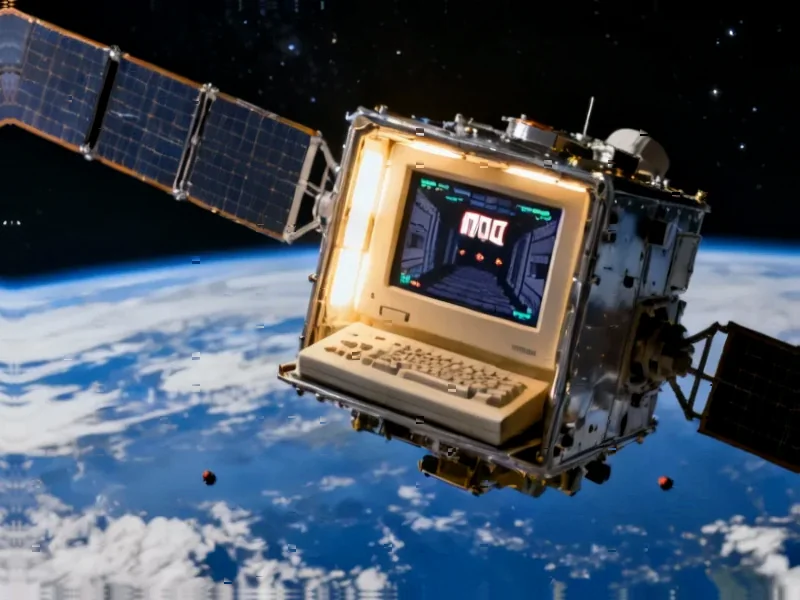According to SpaceNews, SES is leasing the entire Ku-band capacity on SKY Perfect JSAT’s Superbird-C2 satellite, which launched way back in August 2008. The aging satellite will be moved from 144 degrees East to another undisclosed orbital slot over Japan this winter. This deal comes just months after SES absorbed Intelsat’s fleet in July, giving them around 90 geostationary satellites – roughly a third more than rivals Eutelsat, Viasat and Telesat combined. SES VP Adam Troy said the need stems from surging aviation demand due to increased passenger uptake and wider deployment of wifi. The company expects two to three years of service from Superbird-C2 as it nears end-of-life. SES currently leases capacity from three other SKY Perfect JSAT satellites, building on a partnership that dates back over 20 years.
When your massive acquisition isn’t enough
Here’s the thing that really stands out. SES just completed one of the biggest satellite industry acquisitions in years with Intelsat, giving them nearly 100 GEO satellites. And yet, they’re still scrambling for capacity. That tells you something about how explosive inflight connectivity demand has become across Asia. Basically, airlines are installing Wi-Fi on more planes, passengers are actually using it, and everyone wants to stream content. The math is simple – more connected planes times more data-hungry passengers equals capacity crunch.
The surprising value of old satellites
Now, leasing a satellite that launched in 2008 might seem counterintuitive. Superbird-C2 is 15 years old and nearing retirement. But think about it – this is actually pretty smart business. SES gets immediate capacity without the capital expenditure of building and launching a new bird. They only need it for 2-3 years anyway. And for SKY Perfect JSAT, they’re extracting maximum value from an asset that would otherwise be decommissioned soon. It’s a win-win that shows how the satellite industry can be surprisingly resourceful.
Why Asia is the hotspot
The Asia-Pacific region has become ground zero for inflight connectivity growth. You’ve got rising middle classes, more people flying than ever before, and airlines competing on amenities. SES’s Adam Troy basically admitted their existing success in the region created this capacity shortage. They’re victims of their own success, in a way. And with Superbird-C2 positioned over Japan, they’re targeting one of the busiest air travel corridors in the world. Makes you wonder – if this is happening in Asia, how long before we see similar capacity crunches elsewhere?
When rivals become partners
What’s really interesting here is the collaboration angle. SKY Perfect JSAT could theoretically compete with SES in the inflight connectivity market. Instead, they’ve been partners for over 20 years, with this being the fourth satellite SES is leasing from them. In an industry that’s becoming increasingly competitive with low Earth orbit constellations entering the fray, these GEO operators seem to be finding value in cooperation. Maybe there’s enough business to go around? Or perhaps they recognize that sometimes it’s better to work together than fight over every last contract.




